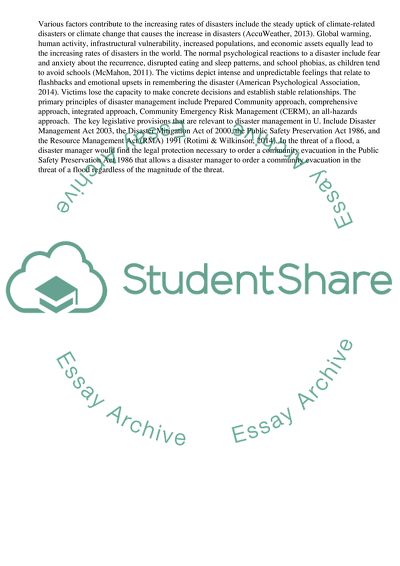Cite this document
(Ethical Principles on Disaster Risk Reduction Coursework, n.d.)
Ethical Principles on Disaster Risk Reduction Coursework. Retrieved from https://studentshare.org/management/1836341-workbook-25-questions-in-disaster-management
Ethical Principles on Disaster Risk Reduction Coursework. Retrieved from https://studentshare.org/management/1836341-workbook-25-questions-in-disaster-management
(Ethical Principles on Disaster Risk Reduction Coursework)
Ethical Principles on Disaster Risk Reduction Coursework. https://studentshare.org/management/1836341-workbook-25-questions-in-disaster-management.
Ethical Principles on Disaster Risk Reduction Coursework. https://studentshare.org/management/1836341-workbook-25-questions-in-disaster-management.
“Ethical Principles on Disaster Risk Reduction Coursework”, n.d. https://studentshare.org/management/1836341-workbook-25-questions-in-disaster-management.


